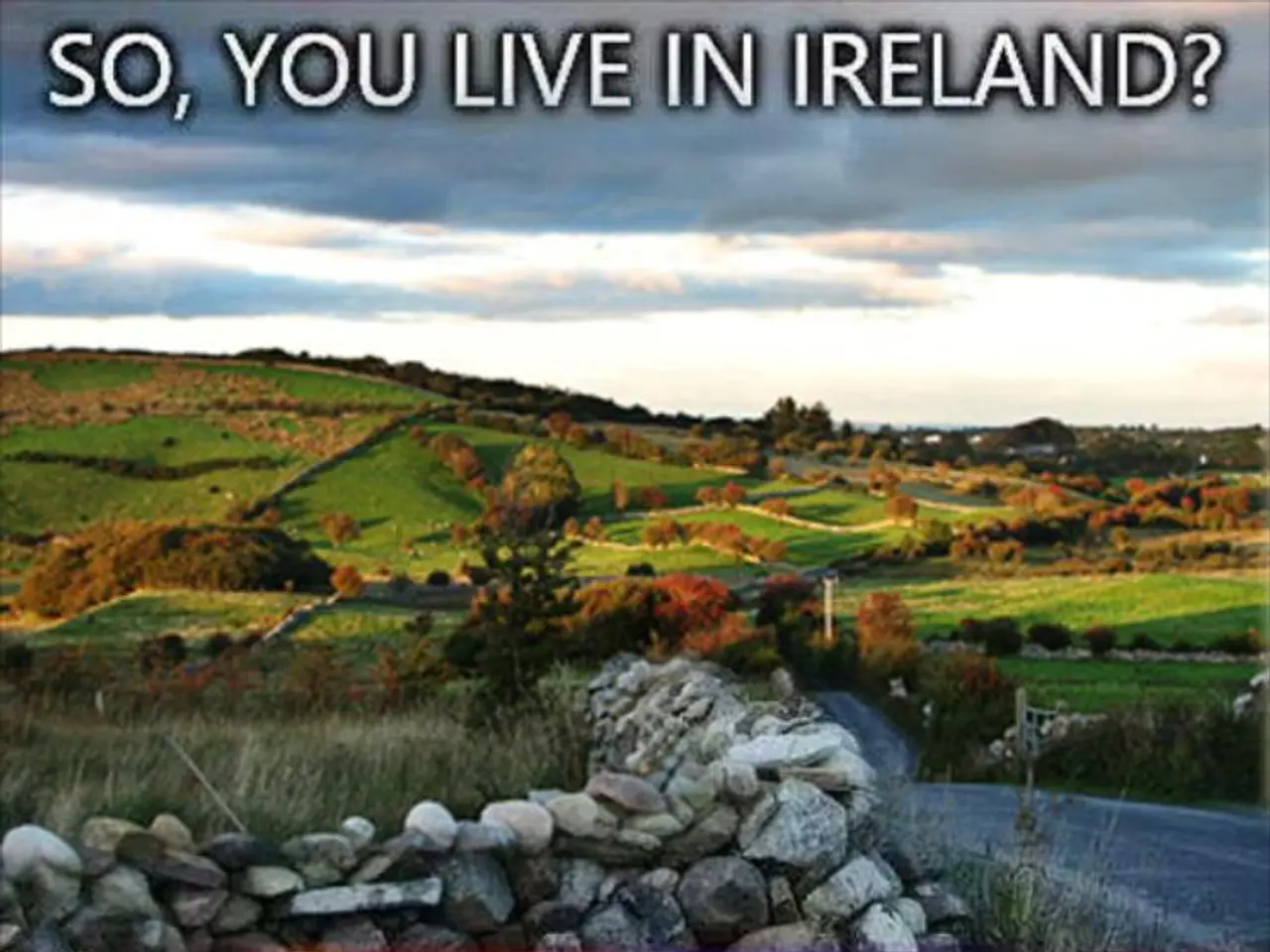New GPS tracking device, DropBlock, for wildfire fighters introduced by RoGO Communications
RoGO Communications, a company specialising in lifesaving technology for firefighters and first responders, has unveiled its latest innovation - DropBlock 2.0. This new product is designed to provide immediate tactical coordination and lifesaving situational awareness during wildfire events.
The DropBlocks are compact and lightweight, making them suitable for wildland firefighters to carry. They are equipped with GPS tracking capabilities, enabling the location of crews, equipment, and resources such as bulldozers, water tenders, fire engines, high-value structures, medical evacuation rescue, and makeshift water resources to be tracked in real-time.
In addition to location tracking, DropBlocks also offer hyper-local weather information. They are equipped with portable weather stations that provide wind speed, direction, temperature, humidity, and other IoT sensor data. This real-time weather data is crucial for firefighters to make informed decisions and adapt their strategies accordingly.
The new DropBlock 2.0 is not just about location and weather tracking. It also aims to enhance tactical coordination and situational awareness. A new smartphone app, currently under development by RoGO Communications, will complement the DropBlocks by enabling point-to-point data communications. This feature will allow for tactical collaboration at the edge, improving the response efforts in wildfire scenarios.
The data received by Task Force Leaders through the DropBlocks and the smartphone app will also be shared with Incident Command. This ensures that all key decision-makers have access to the most current and accurate information, facilitating effective strategic planning and resource allocation.
RoGO Communications' commitment to saving lives is evident in the founding of the company by Rod Goossen and his brother Derek. Both have extensive experience fighting over 100 wildfires, and they founded the company to develop technology specifically aimed at enhancing the safety and operational efficiency of wildland firefighters.
The DropBlocks have already been field-tested by the Arizona Department of Forestry and Fire Management with six wildland fire handcrews. The smaller size of the DropBlocks was particularly beneficial for the field trials, indicating a potential adoption of the technology by wildland fire crews.
Furthermore, RoGO satellite-based products and services support local, state, and federal agencies in the Western United States for firefighting purposes. This underscores the potential impact of the DropBlock 2.0 on wildfire response efforts in the region.
For more detailed technical features or specifications of the DropBlock 2.0, it would be best to consult official RoGO Communications releases, product datasheets, or recent press announcements directly from their website or trusted industry publications.
Science and technology continue to play a significant role in addressing climate change, and this is evident in the work of RoGO Communications. The company, spearheaded by environmental-science enthusiasts Rod Goossen and Derek Goossen, specializes in developing lifesaving technology for first responders, particularly for wildfires.
One of their latest innovations, the DropBlock 2.0, offers more than just location and weather tracking. It incorporates data-and-cloud-computing, enabling real-time tracking of resources and providing hyper-local weather information.
This technology is not limited to the field of science and environment, as sports enthusiasts of mixed-martial-arts might find interest in the company's commitment to improving operational efficiency. With the new smartphone app under development, point-to-point data communications will be possible, enhancing tactical coordination and situational awareness in wildfire events.
However, it's important to note that RoGO Communications' impact goes beyond just sports or technology, as their innovations can significantly improve the response to environmental crises, such as wildfires in the Western United States.




